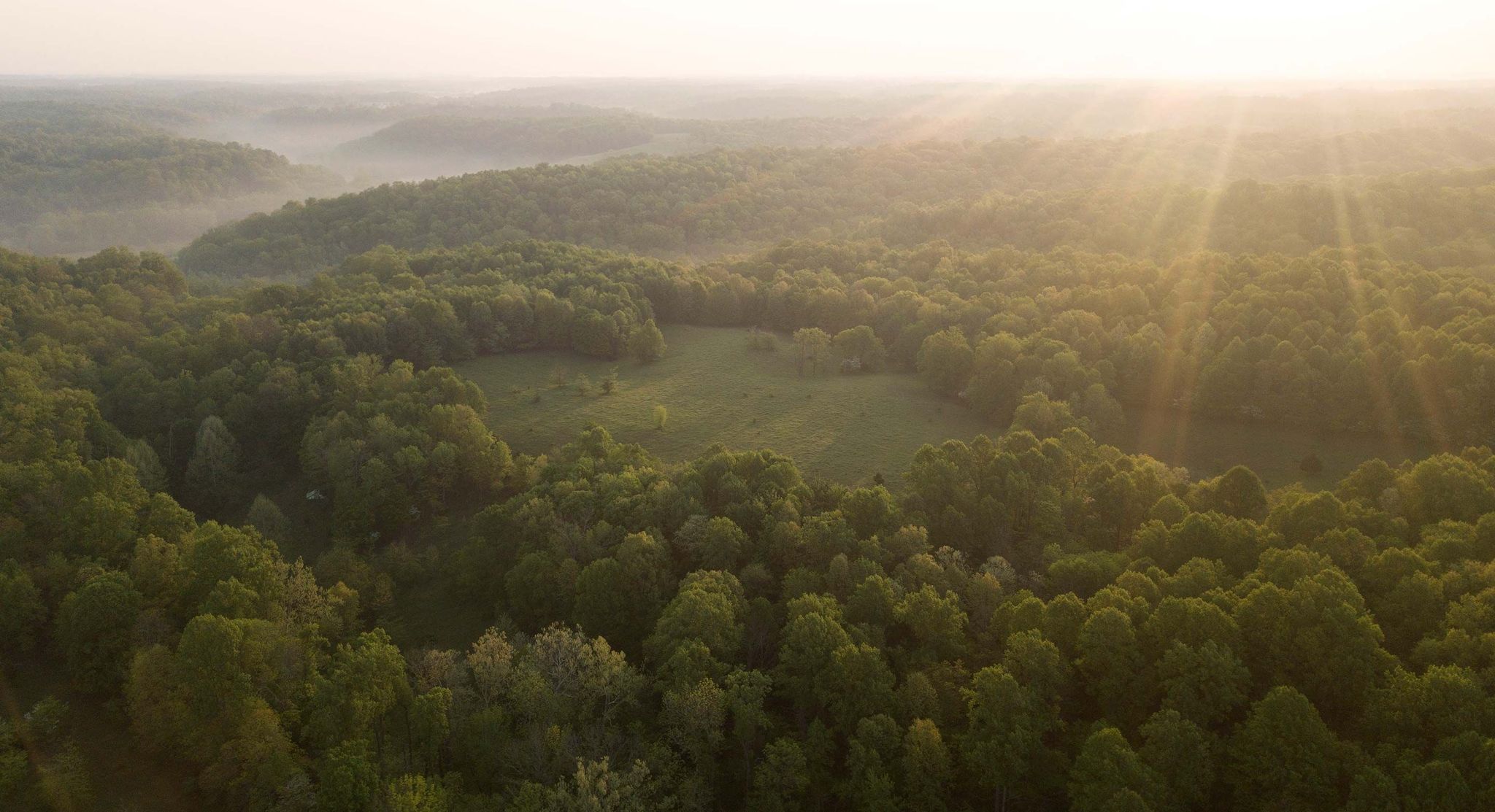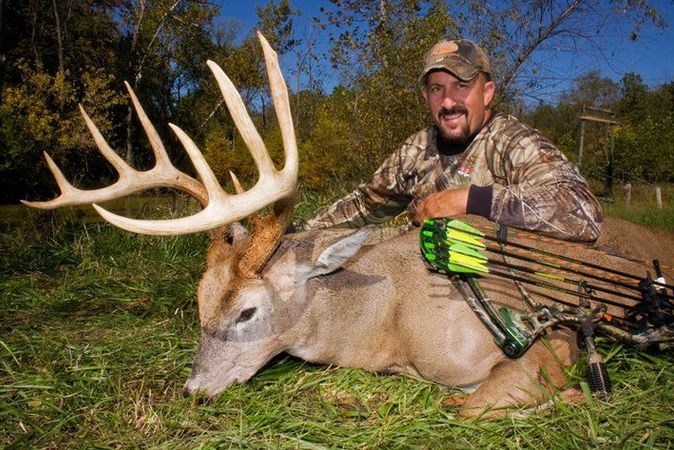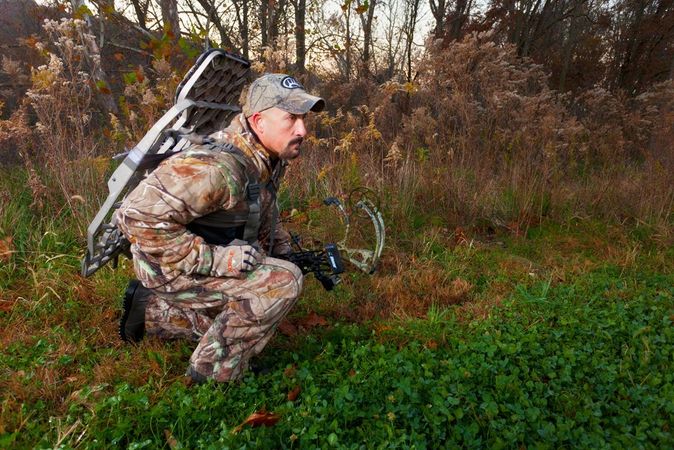Soft and furry doesn’t always mean cute and cuddly. No one likes to have pesky vermin invading their living space and when it comes to your hunting cabin, it can be even more annoying. Trying to relax after a day out in the woods only to be disturbed by scratching and screeching from your walls is the last thing you want. So what can be done to remove these unwanted critters from your happy place? We’ve got you covered on ways to safely and humanely remove vermin ranging from mice to raccoons.
Raccoons
If you’re hearing noises at night it’s most likely a raccoon. These nocturnal “trash pandas” are much larger than other vermin. Often, if you have a raccoon in your cabin there will also be a nest of raccoon babies. The most common space these bandits will nest in is the attic, but they have also been known to invade walls. In either case, they will gnaw away at your insulation and electrical wires which poses a fire threat.
To remove racoons from your cabin, start with the babies. Reach into the attic or wall and grab them with a thick glove and place them into a pillow case. Be careful when doing this. The mother may attack if she sees you. To remove the mom, it’s easiest to use a snare pole to grab her or by setting a one-door trap using bait, which could be wet cat food, marshmallows or sweet corn. After, drive them at least 10 miles from your home to prevent them from returning. If necessary, you can humanely shoot them. It should be noted that raccoons can be tricky to catch. If you don’t have the means to trap them, call in a professional.
Squirrels
Squirrel teeth never stop growing meaning they will chew on any and everything to trim them down. However, the damage won’t be obvious at first. You’re most likely going to hear them rustling in the attics or chewing the house’s frame. They will find their way into your cabin through small, almost unnoticeable entryways in your roof or walls.
Live trapping and relocating is a good way to remove squirrels. Similar to raccoons, you can use a one-door cage trap. Bird feed or oranges work as good bait. Once you’ve caught them you should drive four to five miles away to release them. Close and repair any paths of entry that they were using to get into your house. Also, remove any sources of food, such as bird feeders, that are close to your house. Or, if you’d rather keep the bird feeder, place a handy .22 or shotgun just inside the door to shoot the squirrels; within season, of course.
Opossums
When most people think of opossums they probably think of them as nothing more than roadkill. Just like the other fury invaders, they are frequent visitors to houses and cabins alike. If you have an opossum living in your attic, there will be no mistake about it. They are responsible for some of the stinkiest infestations thanks to their repulsive smell and large droppings.
Similar to the raccoons and squirrels, either live trap them using a one-door cage or call in a professional. Wet cat food and canned tuna make good bait. Place the food inside the cage beyond the trigger point and wait for them to pay it a visit. If your local law permits, drive them five to 10 miles from your property and release them. Make sure all pet food and trash are removed from your property. Removing their food source will keep them away from your property and cabin.
Groundhogs
Groundhogs may not be able to scale trees and invade your attic like other vermin, but these skilled diggers can do significant damage under your cabin. They can loosen the ground which can disrupt the foundation on which your cabin is built.
The best way to remove a groundhog is to use a live trap. Use bait such as strawberries, cantaloupes and peaches to lure them. After catching a groundhog, drive at least 10 miles away and release it. Anything less than 10 miles and they will find their way back. Be sure to close and fix and holes or ways of entry to prevent a further invasion.
Mice
Last but not least is everyone’s favorite vermin: the mouse. They enter through small cracks and holes and feast on crumbs and can cause significant electrical damage. You’ll know you have them by hearing strange noises in the night or seeing their droppings.
Removing mice from your cabin isn’t fun, but setting traps is the best option. Traps range from snap traps to glue sheets. Poison is also an option but should be done only if there are no other pets or children around that could mistakenly get into it. Make sure to fill any holes or cracks and other points of entry to prevent more from coming in. The important thing to remember is don’t provide them a place to live. Trim bushes and trees and make sure they are at least four feet away from your property.







